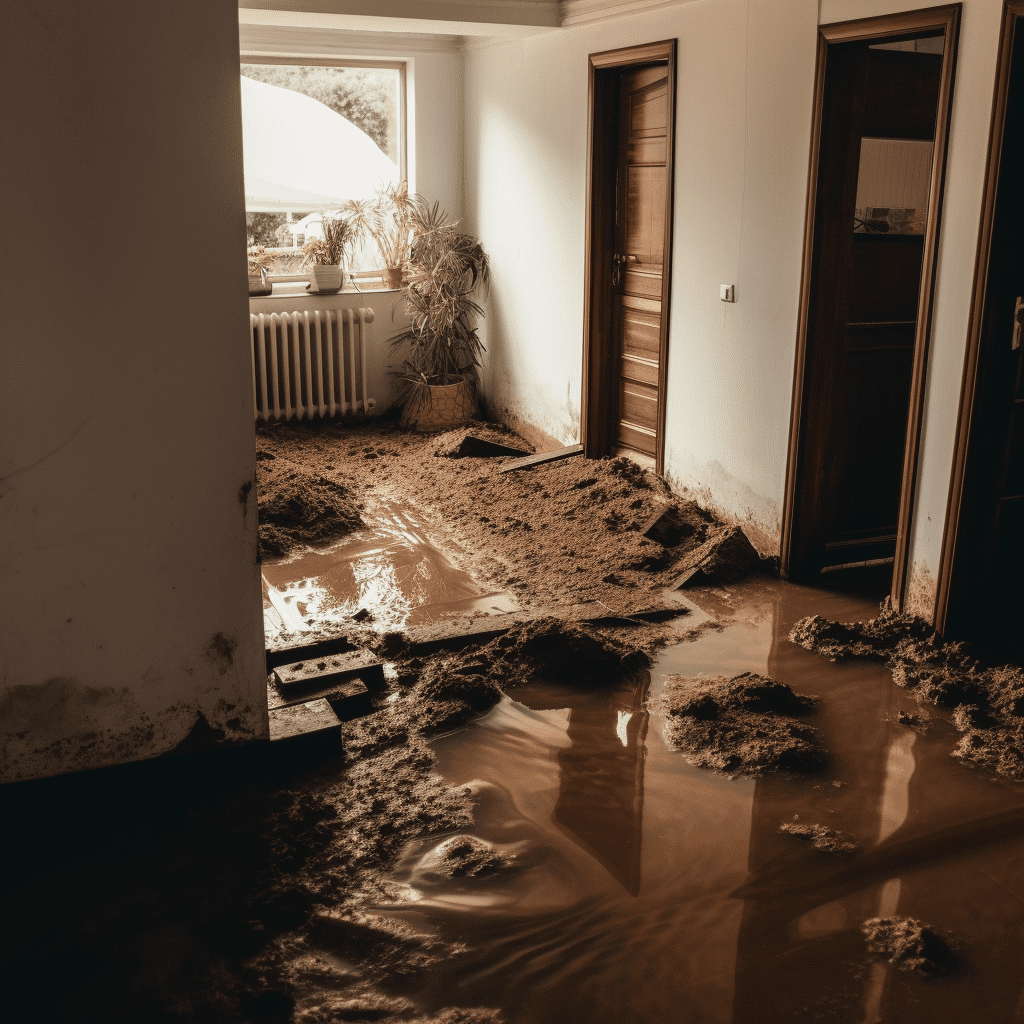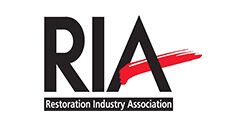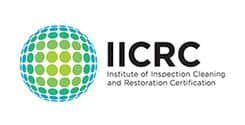Water damage can be a significant problem for homeowners and business owners alike. It can lead to structural issues, mold growth, damaged belongings, and costly repairs. If you've experienced water damage in your home or business, it's crucial to address the issue as soon as possible to minimize the damage and prevent further problems. In this article, we'll outline the steps you need to take to address water damage effectively and efficiently.
1. Assess the Damage
The first step in addressing water damage is to assess the extent of the damage. This will help you determine the best course of action and prioritize your efforts. Some factors to consider when assessing water damage include:
- The source of the water: Clean water from a broken pipe or leaking faucet is less hazardous than contaminated water from sewage backups or floodwaters.
- The extent of the damage: Water damage can range from minor issues, such as a small leak, to more significant problems, such as extensive flooding or structural damage.
- The affected materials: Different materials, such as wood, drywall, and concrete, may require different approaches to remediation and repair.
2. Stop the Source of the Water
Once you've assessed the damage, the next step is to stop the source of the water. This may involve shutting off the main water supply to your property, repairing a broken pipe or appliance, or addressing other issues that are causing the water damage. If you're unsure how to stop the source of the water, consult a professional plumber or water damage restoration expert for assistance.
3. Remove Excess Water
After stopping the source of the water, the next step is to remove any excess water from your property. This may involve using a wet/dry vacuum, mop, or sump pump to remove standing water, as well as opening windows and doors to promote air circulation and evaporation. It's essential to remove excess water as quickly as possible to prevent further damage, such as mold growth and structural issues.
4. Dry Out the Affected Area
Once you've removed excess water, it's crucial to dry out the affected area thoroughly. This may involve using fans, dehumidifiers, or other equipment to promote evaporation and reduce humidity levels. Be sure to monitor the drying process closely and adjust your efforts as needed to ensure that the area is completely dry. Depending on the extent of the water damage and the materials involved, this process may take several days or even weeks to complete.
5. Clean and Disinfect
After drying out the affected area, it's essential to clean and disinfect any surfaces that have come into contact with the water. This is particularly important if the water damage was caused by contaminated water, such as sewage backups or floodwaters. Use appropriate cleaning and disinfecting products to remove any dirt, debris, and bacteria from the affected surfaces, and be sure to wear protective gear, such as gloves and masks, to protect yourself during this process.
6. Repair and Restore
Once the affected area has been cleaned and disinfected, it's time to repair and restore any damaged materials. This may involve replacing damaged drywall, flooring, or other components, as well as repainting, refinishing, or otherwise restoring the area to its pre-damage condition. Depending on the extent of the damage and your skill level, you may be able to handle some repairs yourself. However, for more extensive damage or specialized repairs, it's best to consult a professional contractor or restoration expert.
7. Prevent Future Water Damage
After addressing the immediate water damage, it's essential to take steps to prevent future issues. This may involve upgrading your plumbing system, installing a sump pump or backflow preventer, or implementing other preventive measures to protect your property from water damage. Regularly inspect and maintain your property to catch any potential problems early and address them before they lead to significant water damage.
Conclusion
Addressing water damage in your home or business can be a challenging and time-consuming process. However, by following the steps outlined in this article, you can effectively and efficiently address the issue and prevent further damage. Remember to act quickly, consult with professionals when needed, and take steps to prevent future water damage to protect your property and belongings.







